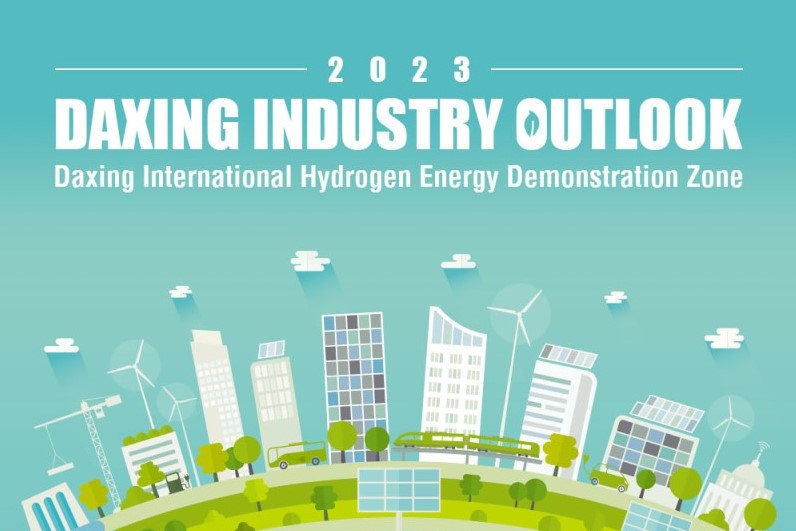Beijing Daxing International Airport approaching completion with prospective radiation over peripheral markets
As it is approaching the targeted deadlines for the new airport, “final acceptance on June 30, and official launch on September 30” in 2019, we visited the construction headquarter in Yufa County of Daxing District to witness the sprint finish of the airport’s terminal area and aircraft movement area.
According to Yao Yabo, director general of the construction headquarters for Beijing Daxing International Airport, the terminal area has completed rooftop work and 80 percent of its electro-mechanical installation. The secondary structures, decoration, utility installation, and electro-mechanical pipelining has been finished for the parking lots and administration building. The main structure has a sealed roof in the freight station and administration building, with freight handling systems installed. Sixty percent of the underground air defense works have completed pile foundations and earthworks.
During construction of the new airport, the local economy has been driven up by significant infrastructure investments. With a total anticipated investment at RMB 410 billion on airport construction, supporting projects, comprehensive transport, infrastructure projects (80 billion on airport, 300 billion on Beijing and Hebei area, and 30 billion on aviation companies, air control, and fuel supply), it will generate a RMB 1.3-trillion contribution to the city’s economic output.
The new airport is planned with an annual capacity of passenger flow at 100 million, cargo handling at 4 million tons, and 880,000 sorties in-and-out. “It is expected that the new airport will be the most active element to fuel the high-end production input in peripheral regions. In addition to vitality and opportunities created for Southern Beijing, it will set the city on a fast trajectory towards an international metropolis, through enhancing its functional planning, spatial arrangement, and industrial layout,” said Yang Yabo.
He also predicted that in the coming two decades, the new airport will make economic contribution valued at RMB 8.6 trillion to the city, and also 1 to 2 percentage points in terms of rate of GDP growth. Three districts in the southern part of the city (Fangshan, Daxing and Yizhuang) will amount up to 32 percent of the municipal GDP, further balancing economic performances among districts in the city.
The border between Beijing and Hebei goes right through the terminal of the new airport. With 1.5 million km2 planned land area for the new airport and airport-related economic zone, high-end industries, including aviation logistics, cross-border e-commerce, exhibition and convention, featured financial services, research and manufacturing of aviation products, and innovation tech services, will be based in the region. Yao believed that more than 100,000 high-end talents will be drawn to the region when the airport and airport economic zone are operational, which will cultivate a strength in human resources for the region.
He said that in the future, the new airport will firmly integrate its construction, preparation, and planning with the national economic and social outlook. Based on existing strategies, indicator systems and implementation approach, the project teams will strictly follow the criteria, enhance performance and implement detailed controls to guarantee good-quality aviation services.

